Storm warning: Will a shrunken FEMA and NOAA be able to respond?
The U.S. is headed for an intense hurricane season
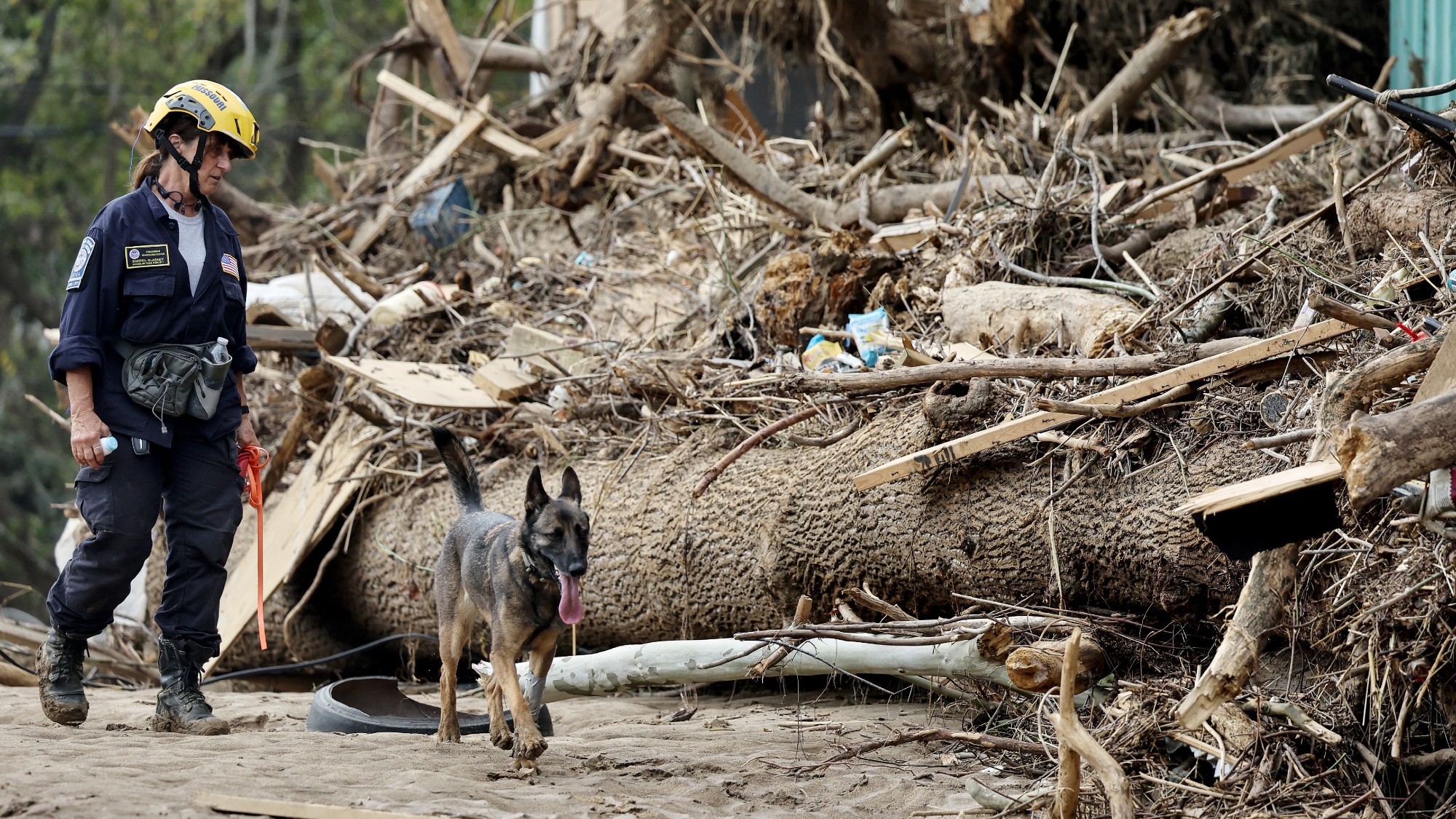
How many storms are expected?
The year's Atlantic hurricane season, which runs from June through November, could yield up to 19 named storms and five major hurricanes, according to the National Oceanic and Atmospheric Administration. That's above the annual average of 14 named storms, partly a result, NOAA officials say, of higher ocean temperatures and lower trade winds. Yet disaster preparation efforts have been thrown into chaos by cuts to staffing and programs at the Federal Emergency Management Agency, which President Trump has vowed to dismantle, shifting responsibility for response and recovery to states. FEMA last year passed some $64 billion to states and local governments for disaster relief, cleanup, and recovery. But authorities in vulnerable coastal areas—home to some 60 million Americans—are now unsure of how much federal aid they'll receive if a major hurricane hits. Some officials also worry they might not receive sufficient warning of an impending storm because of cuts to NOAA, which operates the vast network of weather sensors, satellites, and computers that supply and process most of the weather data in the U.S. "My nightmare is a major catastrophic storm hitting an area that is reeling from the impact of all this nonsense from the Trump administration, and people will die," said Susan Cutter, co-director of the Hazards Vulnerability & Resilience Institute at the University of South Carolina.
How significant are the cuts to FEMA?
The agency has lost at least 25% of its full-time staff, about 2,000 people, to terminations and voluntary resignations since January. As of mid-May, FEMA had 1,952 trained staffers ready to deploy to disasters; a year earlier, it had 6,588. Meanwhile, NOAA has lost about 20% of staff, including hundreds of National Weather Service employees. Because of those cuts, more than a dozen NWS forecast offices along the hurricane-prone Gulf of Mexico are understaffed, and the release of weather balloons has been suspended or reduced at sites across the U.S. NOAA's famed Hurricane Hunter unit—which flies planes into storms to collect data critical for hurricane monitoring—lost two flight directors and one electronic engineer to cuts, putting its ability to fly 24/7 missions in jeopardy. "They can move the deck chairs on the Titanic," retired NWS meteorologist James Franklin said of the weather service, "but they just don't have enough bodies to do the job they are supposed to do."
The Week
Escape your echo chamber. Get the facts behind the news, plus analysis from multiple perspectives.

Sign up for The Week's Free Newsletters
From our morning news briefing to a weekly Good News Newsletter, get the best of The Week delivered directly to your inbox.
From our morning news briefing to a weekly Good News Newsletter, get the best of The Week delivered directly to your inbox.
Have agency leaders pushed back?
Acting FEMA administrator Cameron Hamilton told Congress in May that he didn't believe it was in the "best interest of the American people to eliminate" FEMA; he was fired by Trump the next day. Hamilton was replaced by David Richardson, a Marine veteran, painter, and novelist with no emergency management experience. Richardson told staff on his first day that if anyone got in his way, "I will run right over you." A hurricane-response plan being developed by Richardson was scrapped earlier this month, a week after an internal report said the agency was "not ready" for hurricane season. The agency is now using the same guidance as last year, but staff worry that's infeasible, given that it was designed around a larger workforce and programs that have now been eliminated. MaryAnn Tierney, who quit as the agency's No. 2 last month, said in her resignation note that the agency was failing its moral and statutory "obligations" to Americans. "Everyone has a line," she wrote, "and I have reached mine."
Which communities are most at risk from cuts?
While Trump has a history of withholding aid from Democratic states—in 2018, he delayed wildfire recovery funds for California until aides showed him how many people in affected areas voted for him—many of his FEMA cuts hurt Republican regions. CBS News found that two-thirds of counties that lost funding from a recently canceled $4.6 billion storm-prep program backed Trump in the 2024 election. The town of Central, La., where 60% of structures were destroyed by flooding in 2016, had a $40 million grant for a new flood control system scrapped. That grant was "a brilliant business decision,"said Central Mayor Wade Evans, a Trump supporter, who noted it would have helped protect properties that routinely suffer flood damage that FEMA ends up covering. "Then they pulled the rug out from under us." In a press release, FEMA called the program "wasteful" and overly focused on "political agendas."
Can states take over from FEMA?
They already lead disaster response efforts but rely on federal resources to do so. The federal government currently covers at least 75% of disaster relief and recovery costs, but Richardson has warned that could drop to 50%. That would blow a hole in many states' budgets. When Hurricane Helene smashed into North Carolina last fall, it caused a record $53 billion in damage. FEMA has since provided more than $656 million in emergency aid for North Carolina, but with future payouts in doubt, Gov. Josh Stein has called on the state legislature to put more money into a rainy-day fund for hurricane relief. Jonathan Lord, president of the Florida Emergency Preparedness Association, said county managers across his state are feeling "trepidation" over not knowing whether FEMA recovery funds will be available come year's end. Such concerns have led the Trump administration to backpedal on some cuts. NOAA announced this month it would fill more "mission-critical field positions," while FEMA approved contract renewals for 2,000 workers. But residents of vulnerable regions remain on edge. To scrap FEMA "with no plan is frightening," said Florida restaurant owner Trasi Sharp, who lost $60,000 worth of equipment in Hurricane Milton last year. "We're all on pins and needles this season."
A free daily email with the biggest news stories of the day – and the best features from TheWeek.com
-
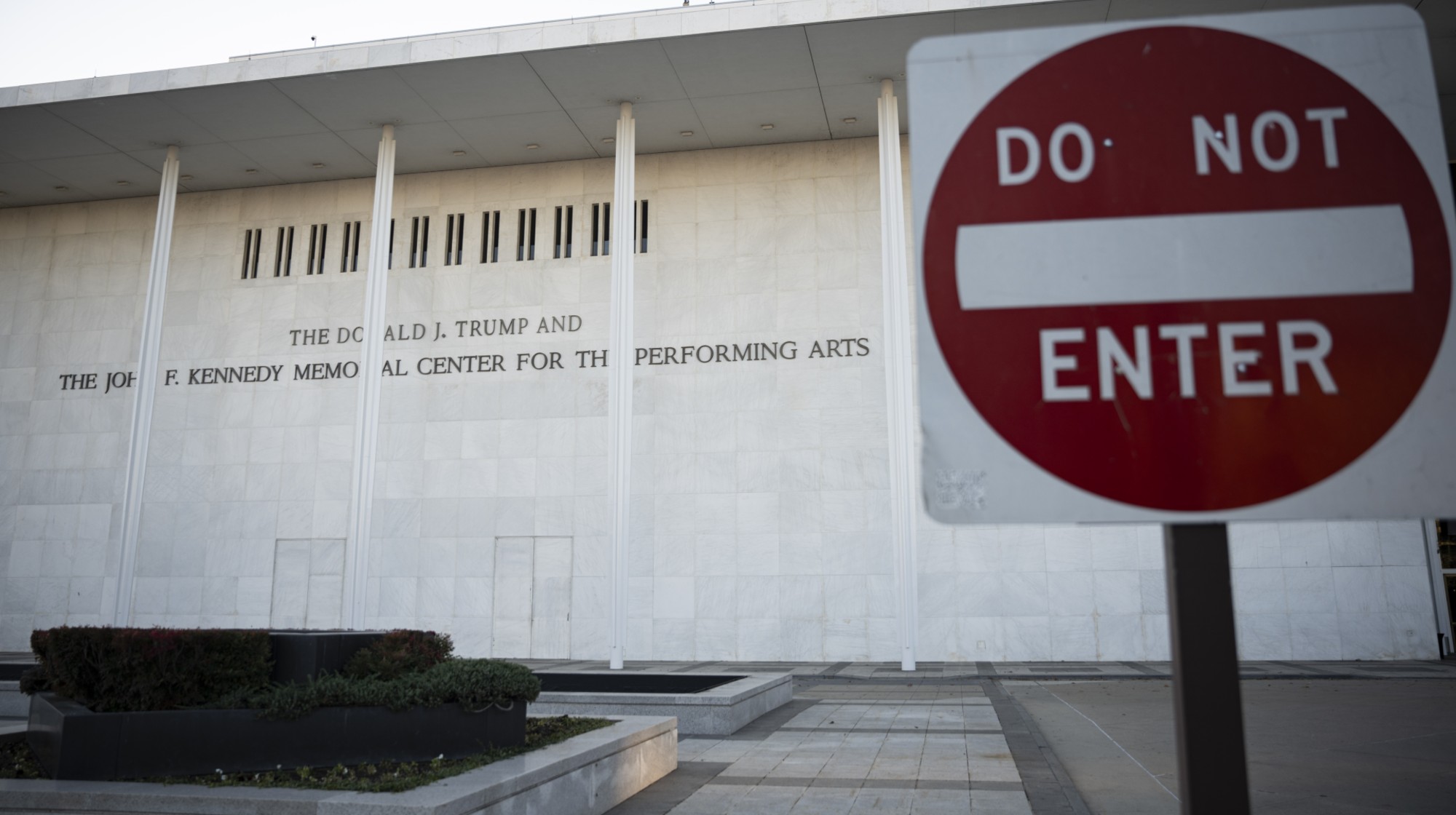 Wave of cancellations prompt Kennedy Center turmoil
Wave of cancellations prompt Kennedy Center turmoilIN THE SPOTLIGHT Accusations and allegations fly as artists begin backing off their regularly scheduled appearances
-
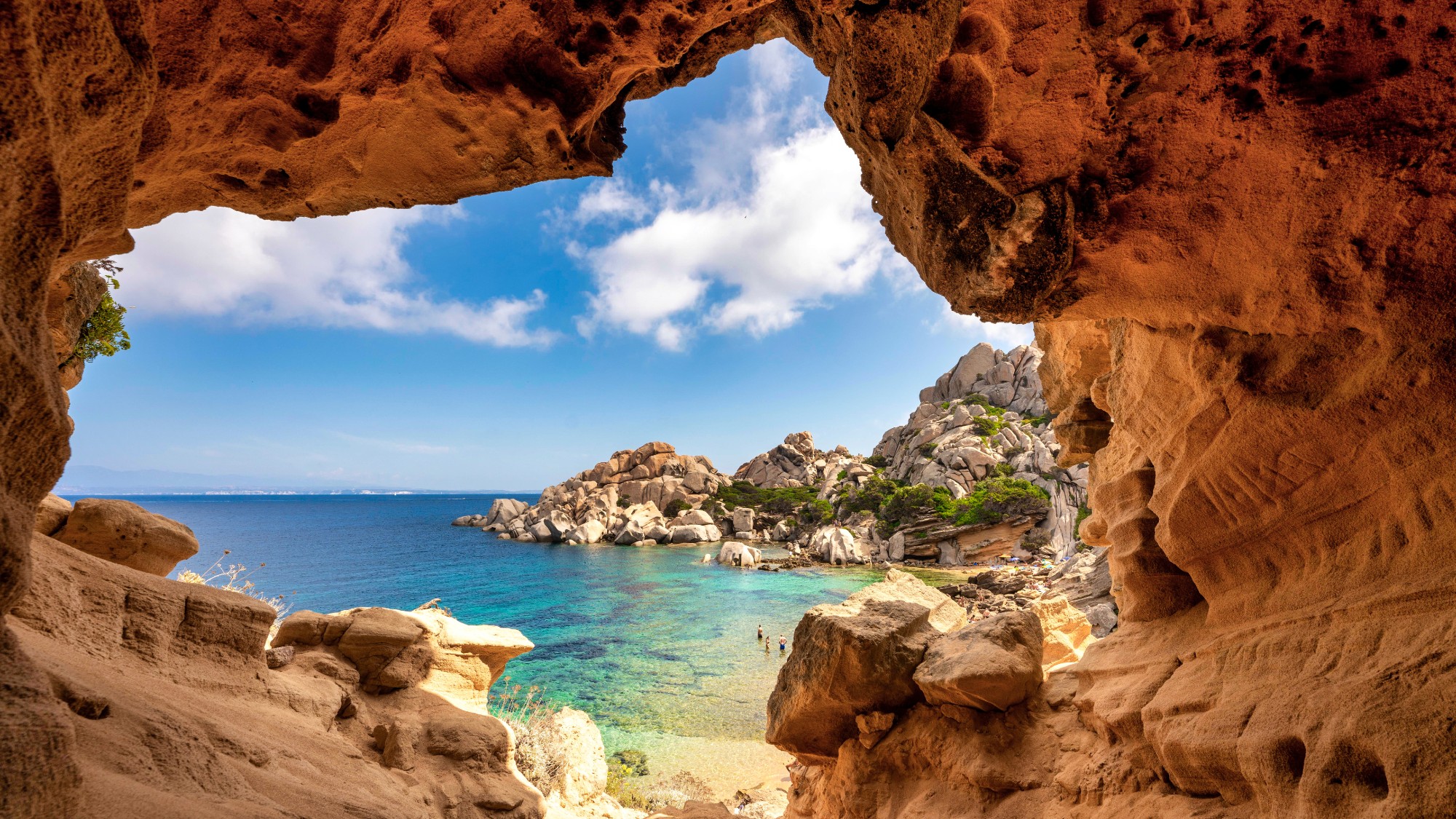 8 incredible destinations to visit in 2026
8 incredible destinations to visit in 2026The Week Recommends Now is the time to explore Botswana, Mongolia and Sardinia
-
 The dark side of how kids are using AI
The dark side of how kids are using AIUnder the Radar Chatbots have become places where children ‘talk about violence, explore romantic or sexual roleplay, and seek advice when no adult is watching’
-
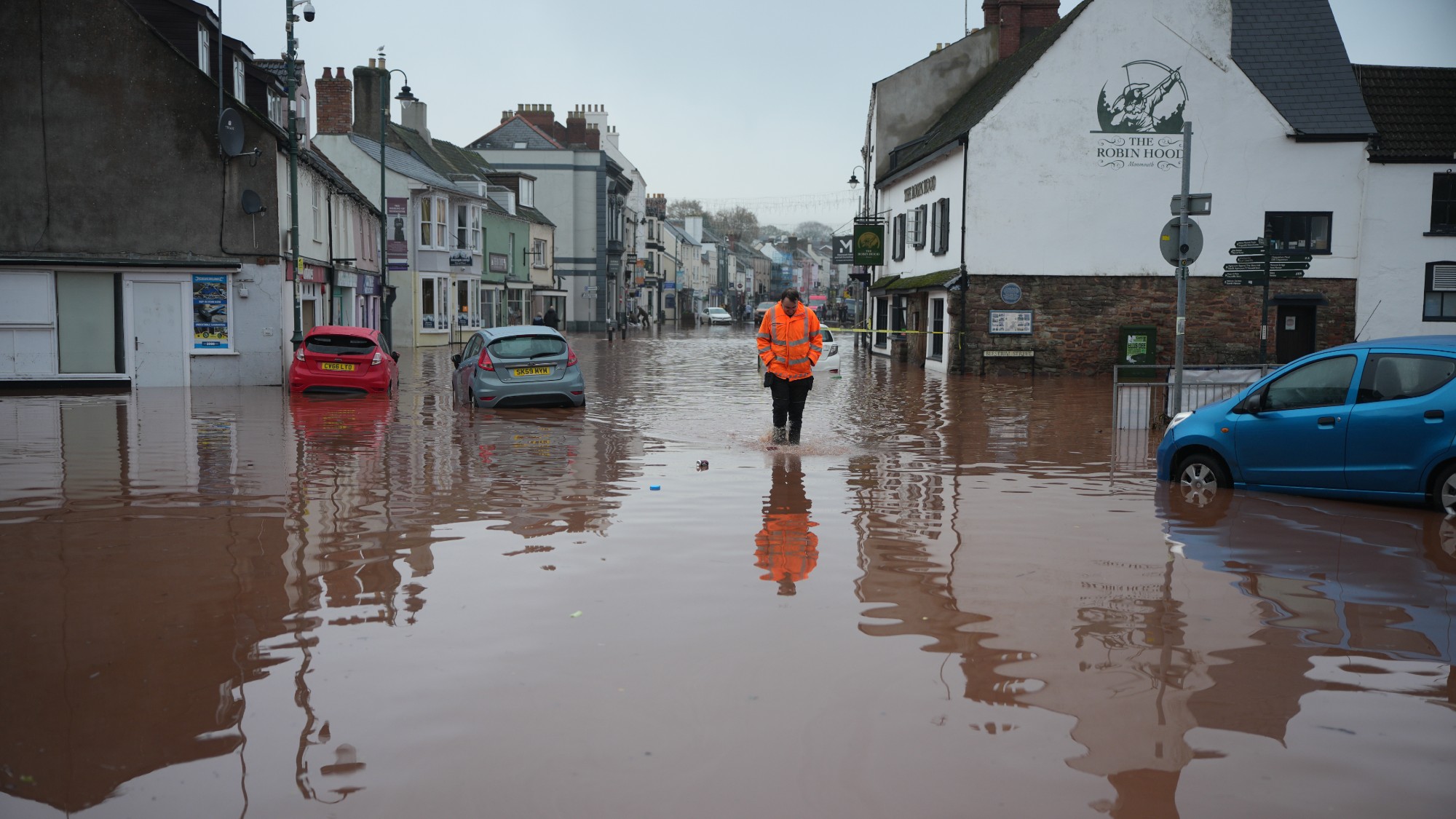 How will climate change affect the UK?
How will climate change affect the UK?The Explainer Met Office projections show the UK getting substantially warmer and wetter – with more extreme weather events
-
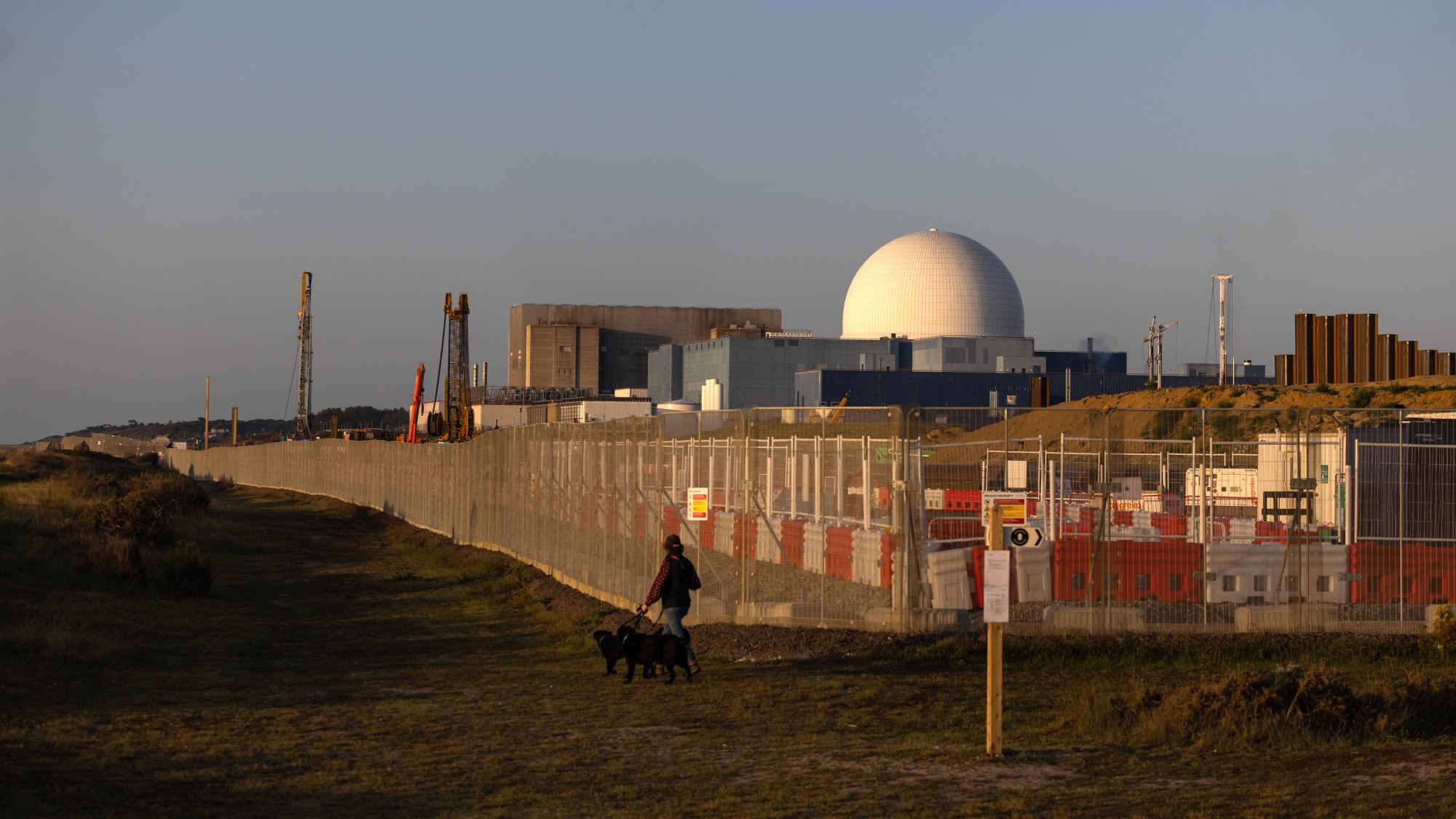 Are we entering a ‘golden age’ of nuclear power?
Are we entering a ‘golden age’ of nuclear power?The Explainer The government is promising to ‘fire up nuclear power’. Why, and how?
-
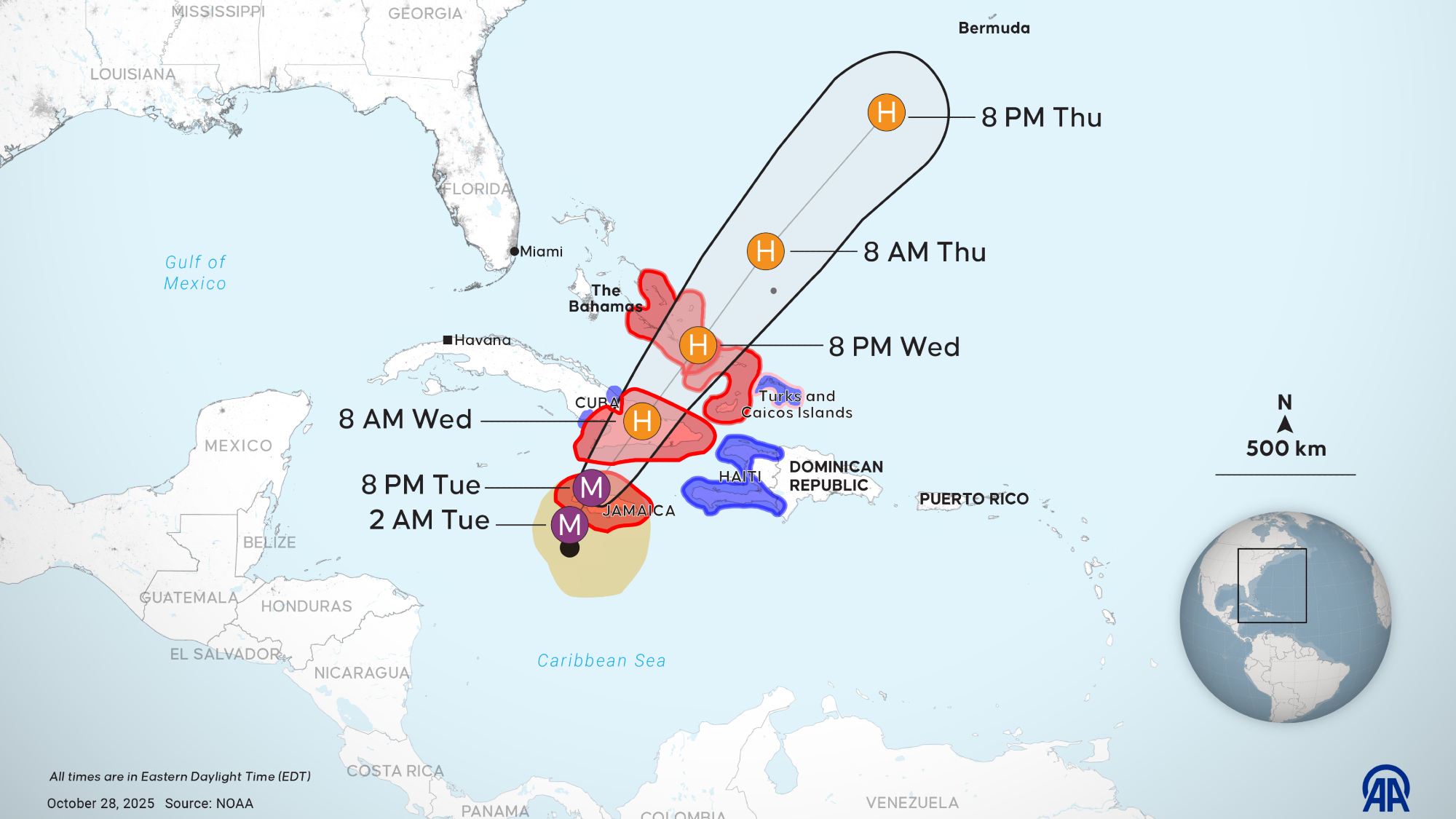 Hurricane Melissa slams Jamaica as Category 5 storm
Hurricane Melissa slams Jamaica as Category 5 stormSpeed Read The year’s most powerful storm is also expected to be the strongest ever recorded in Jamaica
-
 The revived plan for Trump's border wall could cause problems for wildlife
The revived plan for Trump's border wall could cause problems for wildlifeThe Explainer The proposed section of wall would be in a remote stretch of Arizona
-
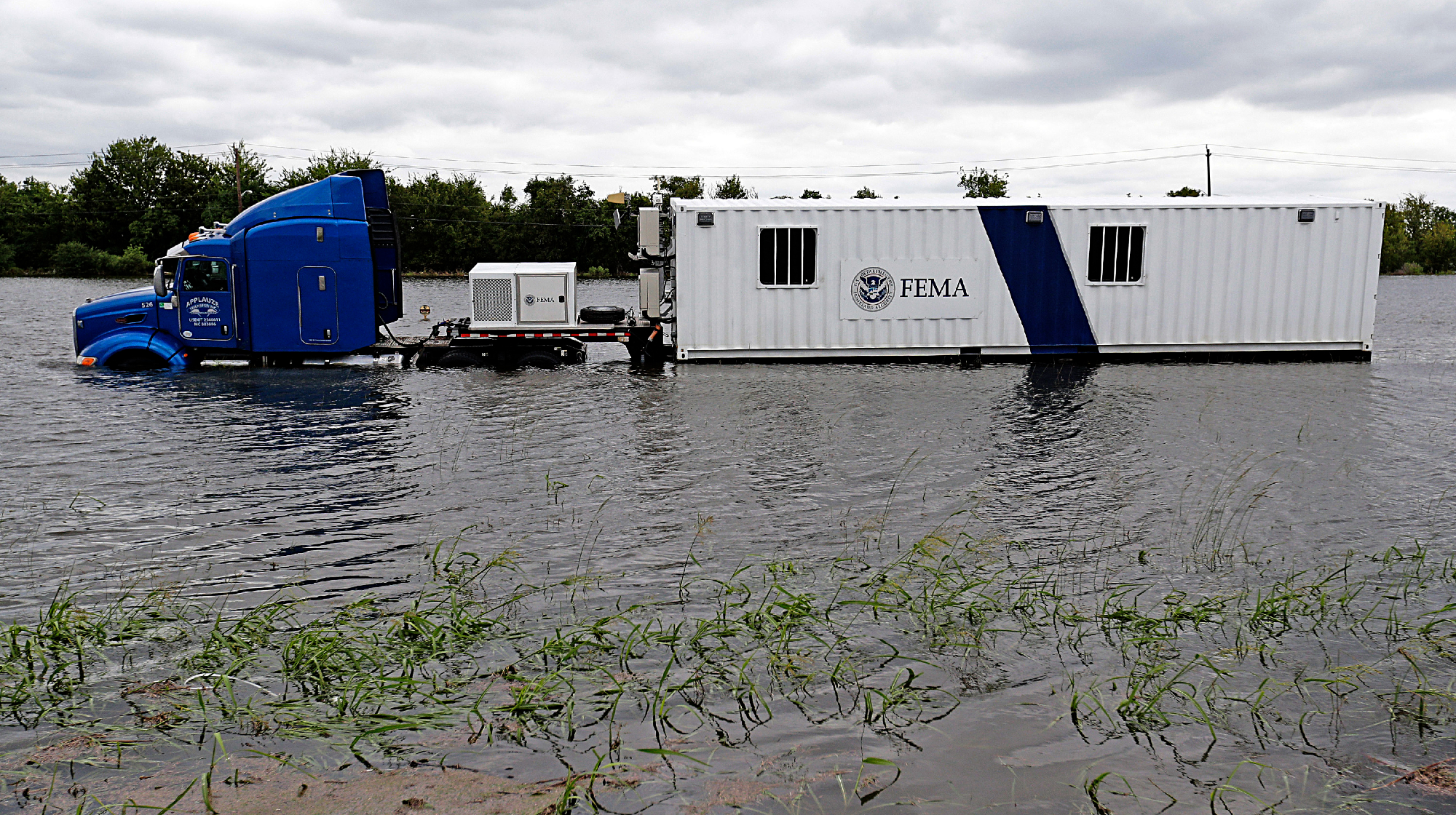 FEMA Urban Search and Rescue chief resigns
FEMA Urban Search and Rescue chief resignsSpeed Read Ken Pagurek has left the organization, citing 'chaos'
-
 Europe's heatwave: the new front line of climate change
Europe's heatwave: the new front line of climate changeIn the Spotlight How will the continent adapt to 'bearing the brunt of climate change'?
-
 Why are flash floods in Texas so deadly?
Why are flash floods in Texas so deadly?Today's Big Question Over 100 people, including 27 girls at a summer camp, died in recent flooding
-
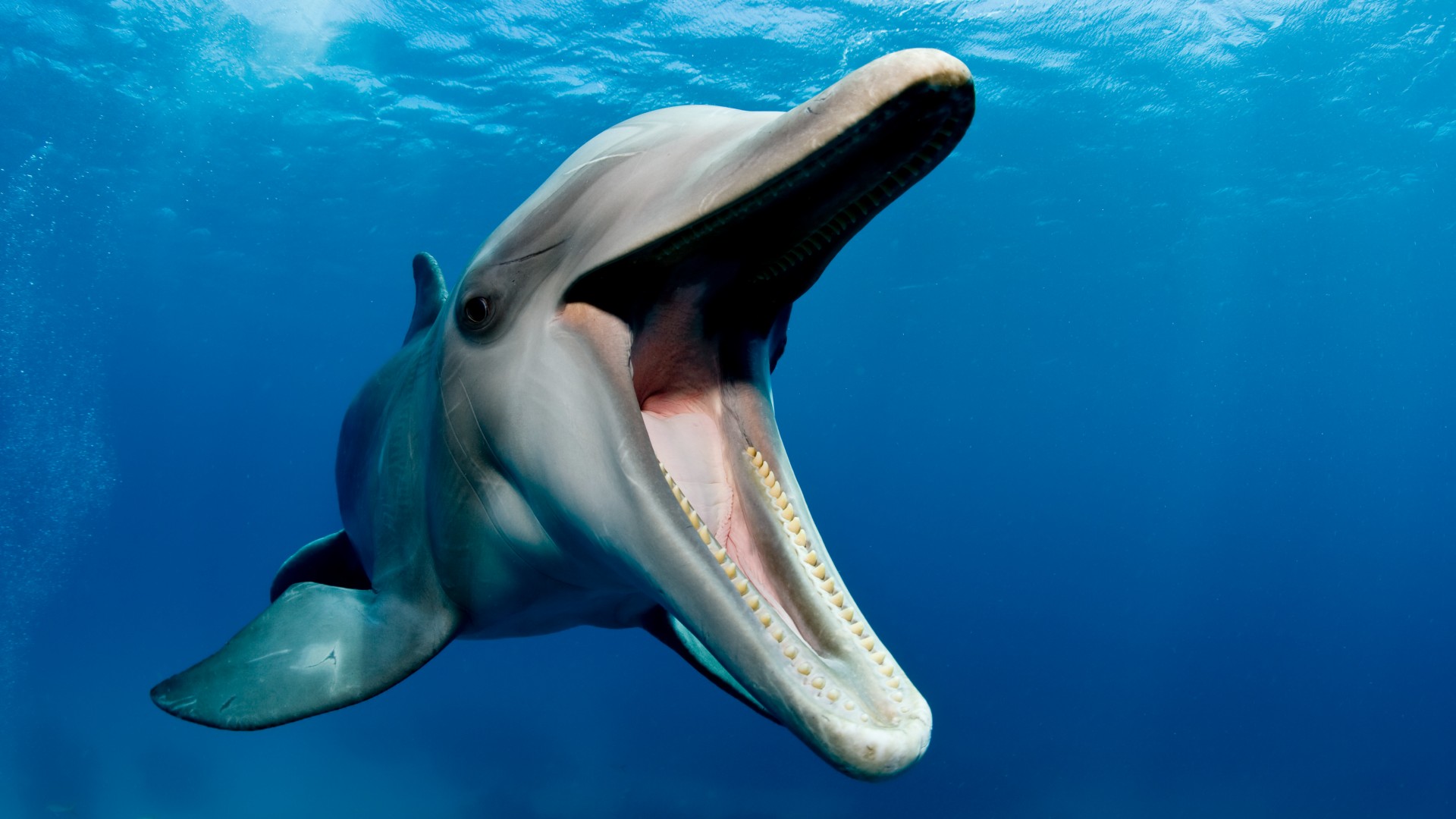 Seven wild discoveries about animals in 2025
Seven wild discoveries about animals in 2025In depth Mice have Good Samaritan tendencies and gulls work in gangs